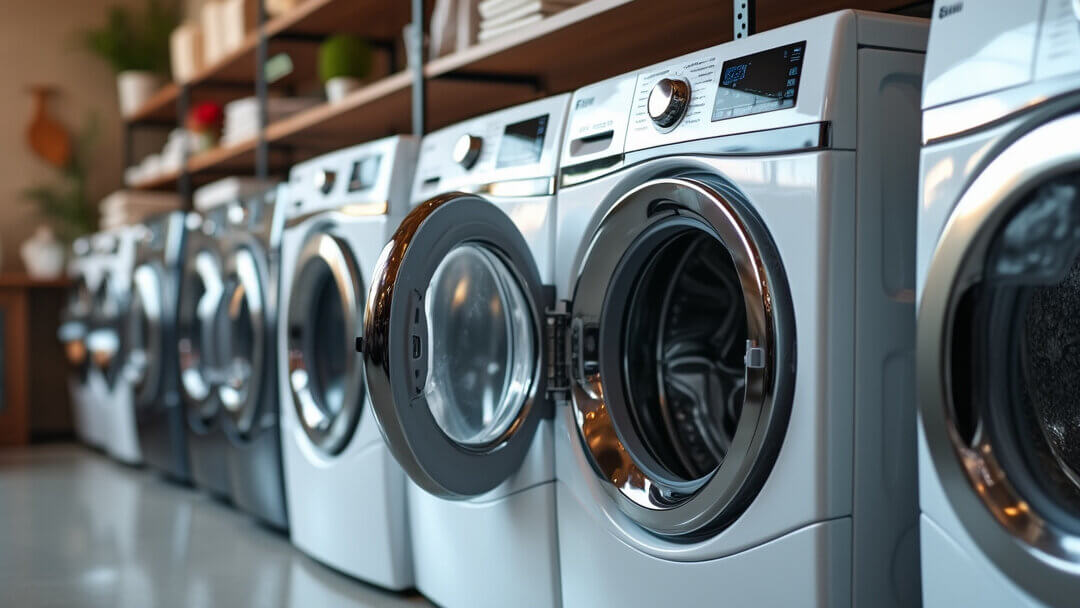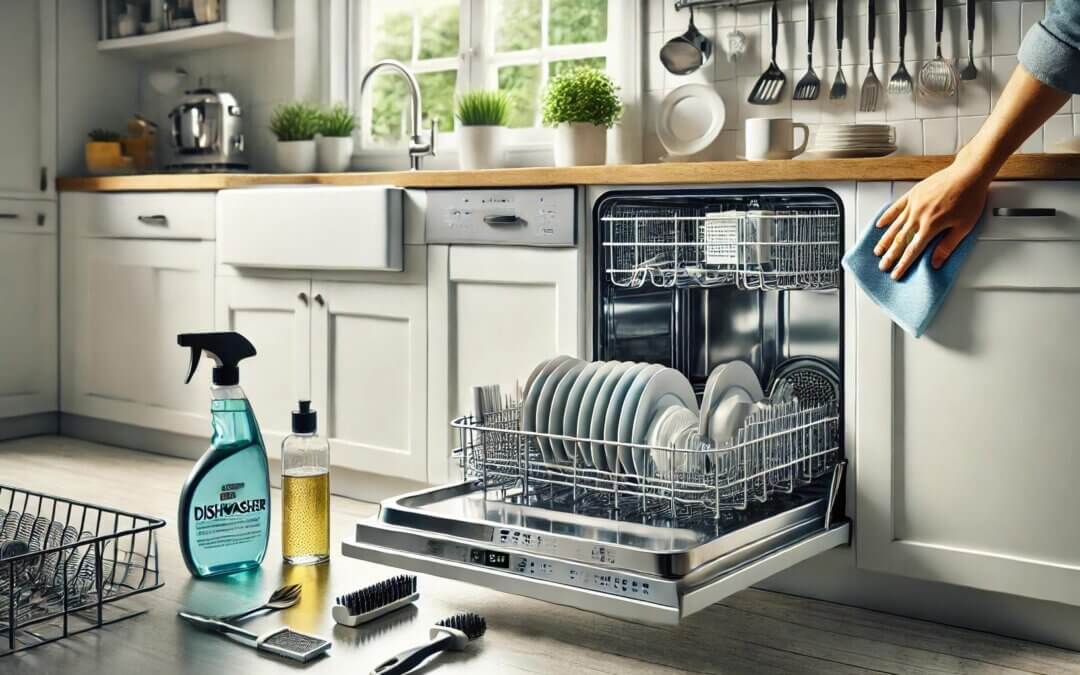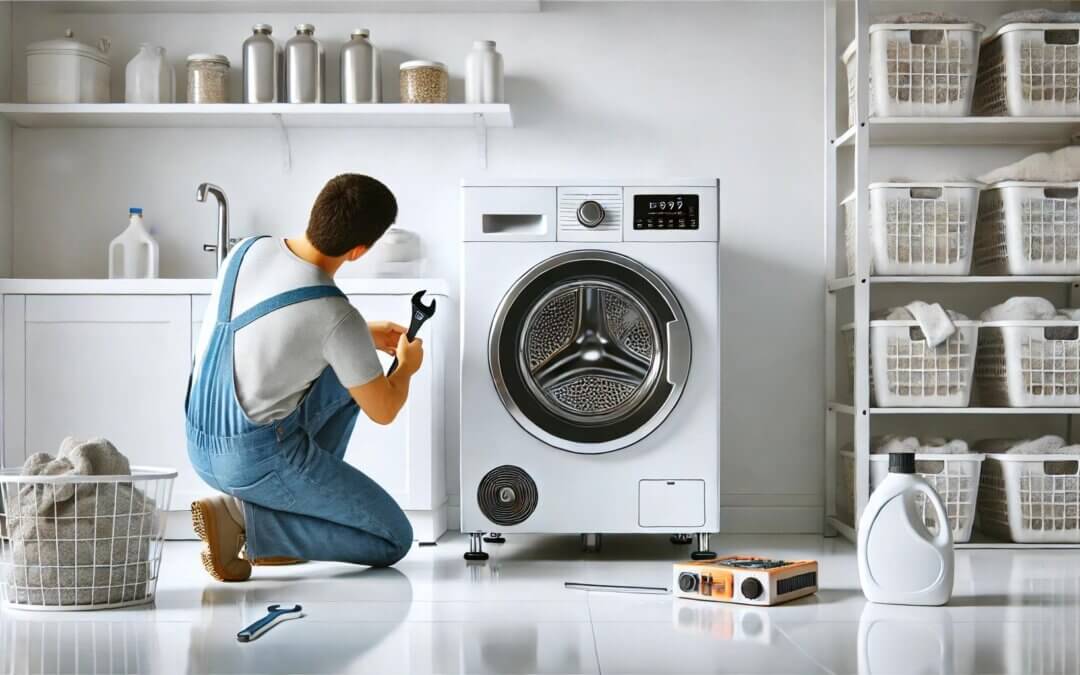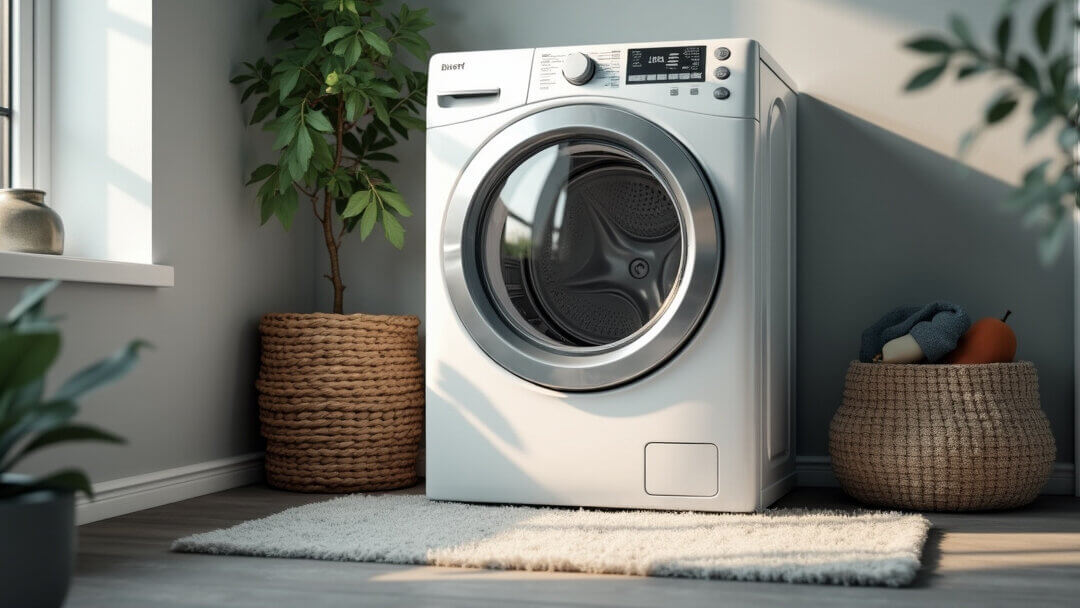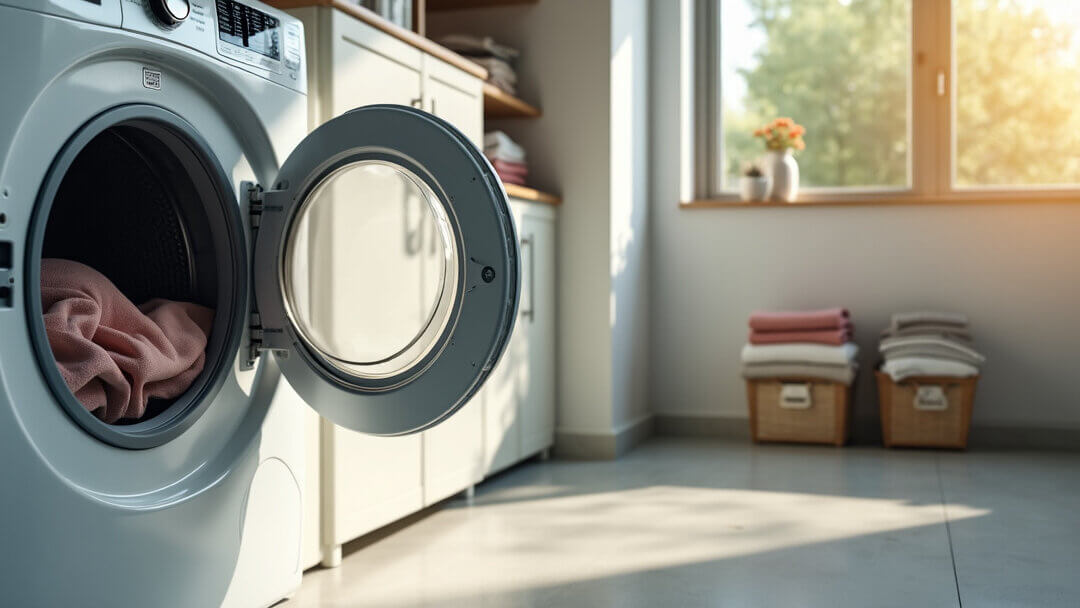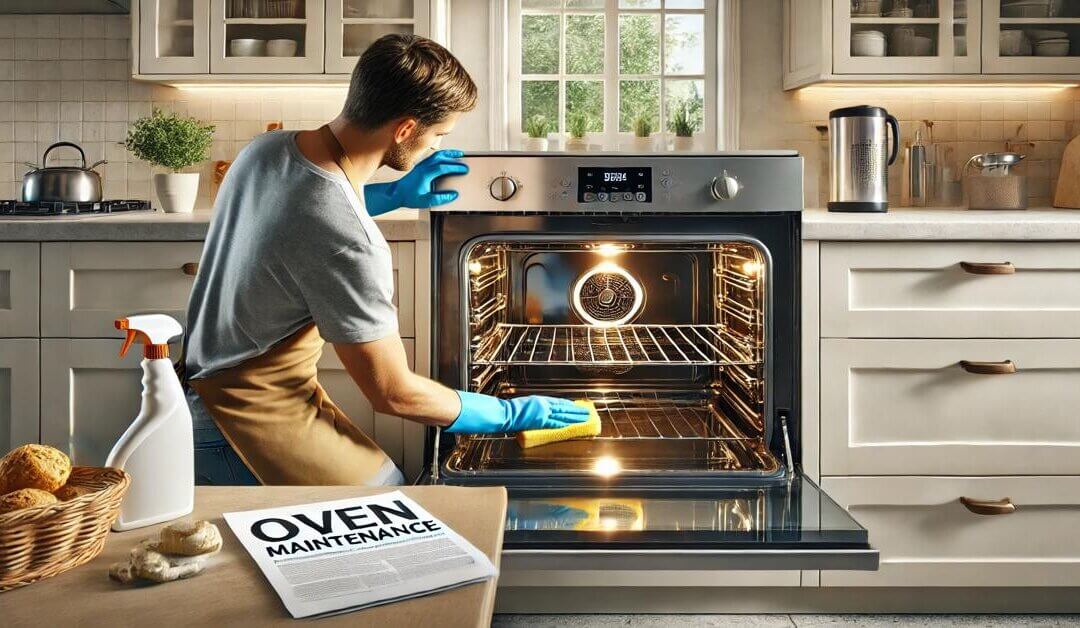
The Ultimate Guide to Oven Maintenance
Table of Contents
- Why Oven Maintenance Matters
- How to Clean Your Oven Step-by-Step
- Best Ways to Keep Your Oven Clean
- Important Oven Maintenance Tips
- How to Fix Common Oven Problems
- DIY Tips to Extend Oven Lifespan
- FAQs about Oven Maintenance
Why Oven Maintenance Matters
Taking care of your oven isn’t just about keeping it clean—it also helps your oven last longer and cook food properly. A dirty oven can smoke, smell bad, or even stop working over time. Regular maintenance keeps your oven safe and ensures your meals taste better. Plus, you’ll avoid expensive repairs later!
A well-maintained oven is also safer for your home, as old food grease can catch fire if not cleaned properly. By following a few easy tips, you can make sure your oven stays in great shape.
If you’re also wondering how to keep other appliances working well, check out this guide on refrigerator maintenance.
How to Clean Your Oven Step-by-Step
Cleaning your oven doesn’t have to be hard. Here’s a simple way to get it done:
- Turn off the oven: Make sure the oven is cool and unplugged before you start.
- Take out the racks: Remove the racks and soak them in warm, soapy water.
- Make a cleaning paste: Mix baking soda with water until it forms a thick paste.
- Apply the paste: Spread the paste all over the oven interior, but avoid the heating elements.
- Let it sit: Leave the paste overnight to loosen grease and dirt.
- Wipe it clean: Use a damp cloth to remove the paste. If any spots remain, spray them with vinegar and wipe again.
- Clean the racks: Scrub the racks and dry them before placing them back inside.
- Final step: Turn the oven on for a few minutes to make sure it’s clean and working well.
Cleaning your oven this way helps keep it smelling fresh and looking nice. For other helpful tips, check out our oven repair guide in Ottawa.
Best Ways to Keep Your Oven Clean
Here are some simple tricks to make cleaning easier and keep your oven in top shape:
- Wipe after each use: Cleaning spills right away stops them from turning into hard stains.
- Use liners: Oven liners can catch crumbs and drips, making cleanup much easier.
- Steam cleaning option: Some ovens come with a steam cleaning setting. This uses water to loosen dirt, making it easy to wipe away.
- Don’t rely too much on self-cleaning: The self-cleaning mode uses extreme heat, which can damage parts if used too often.
Important Oven Maintenance Tips
To keep your oven running smoothly, follow these easy maintenance tips:
- Check the door seal: Make sure the rubber gasket around the door is in good shape. A damaged seal lets heat escape and makes cooking uneven.
- Inspect the heating elements: If food isn’t cooking properly, one of the heating elements might be broken.
- Keep air vents clear: Make sure the air vents aren’t blocked so the oven doesn’t overheat.
- Handle the door carefully: Don’t slam the door! It can damage the hinges and seal.
Want to compare other appliances? Check out our Top 10 Dishwashers of 2024 to find the best option for your home.
How to Fix Common Oven Problems
Sometimes, even with regular care, ovens can have problems. Here are a few issues you can fix on your own:
- Oven not heating: This could mean the heating element or fuse needs to be replaced.
- Oven door won’t close: Tighten loose hinges or replace the gasket to fix the problem.
- Food cooks unevenly: Make sure the fan works if you have a convection oven. Also, rotate trays halfway through cooking.
- Burning smell: Clean the oven to remove grease that may have built up inside.
Need help with other kitchen problems? Check out our article on how to fix a refrigerator that won’t cool.
DIY Tips to Extend Oven Lifespan
Want your oven to last longer? Here are a few DIY tips to keep it working well for years:
- Clean regularly: Don’t let grease or crumbs build up. A clean oven lasts longer.
- Avoid extreme temperatures: Cooking at super high heat puts stress on your oven’s parts.
- Fix small problems quickly: Replace broken knobs or malfunctioning parts as soon as possible.
- Get regular check-ups: Once a year, have a technician inspect your oven to catch problems early.
Looking to learn more about home appliances? Read our article on Washer vs. Dryer Combo Units to see which one is right for your laundry room.
FAQs about Oven Maintenance
- How often should I clean my oven?
- You should deep clean your oven every 4–6 weeks or after big spills.
- Can I use the self-cleaning mode?
- Yes, but don’t use it too often since it can damage parts over time.
- Why is my oven making a weird noise?
- There might be something stuck in the fan, or a screw could be loose.
- What can I do if my oven isn’t heating?
- Check the heating element and replace it if it’s broken.
- When should I call a professional for repairs?
- If your oven won’t turn on or has electrical problems, it’s time to call a technician.

